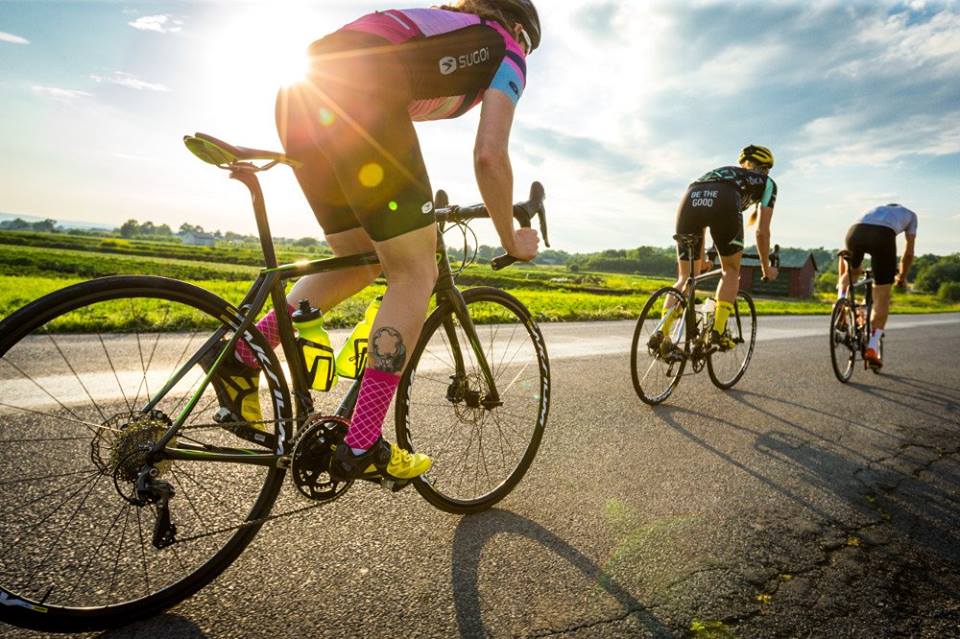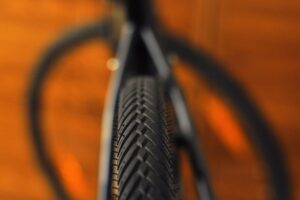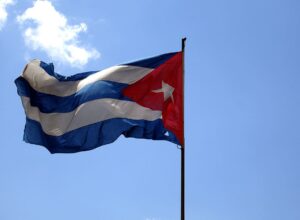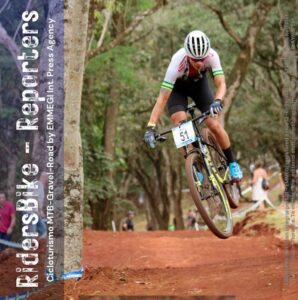Bikepacking in Cuba
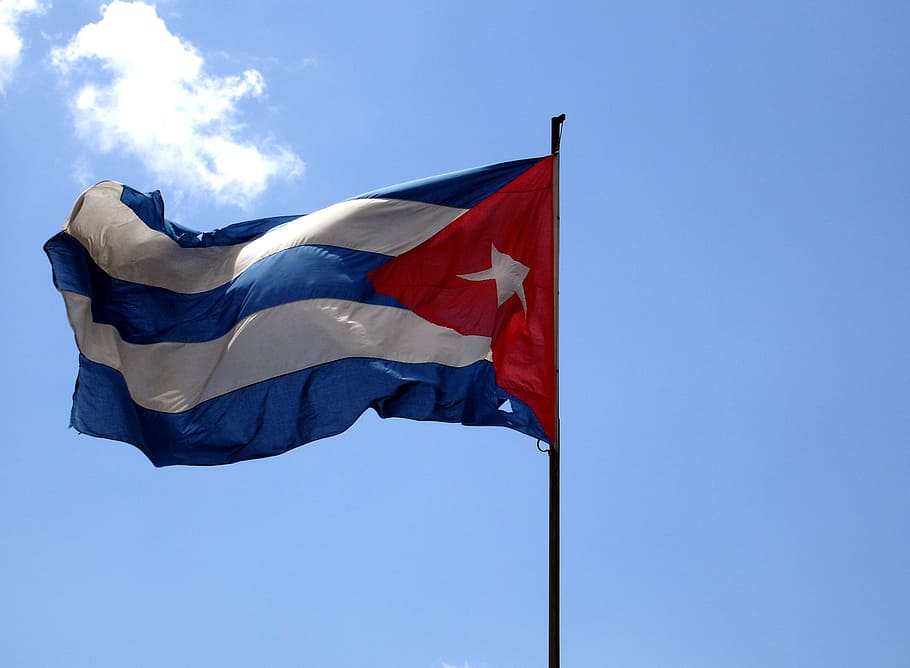
Bikepacking in Cuba is an adventure that offers both scenic beauty and unique challenges. Cuba’s roads are often quiet and traffic-free, making it a great place for cycling, but the lack of modern infrastructure can present difficulties.
For instance, bike repairs might require improvisation, as seen when a chain was fixed using an old nail and a big rock.
Traveling in Cuba requires careful planning, especially regarding food and accommodation. Food shortages can be a concern, so it’s wise to accept any food offered along the way.
Accommodation options include Casas Particulares, which are private homes that offer lodging to tourists, and camping, though camping often involves stealth camping or permission from local farmers.
Cuba’s roads can vary from well-maintained paved roads to rough dirt tracks. While paved roads are generally safe and pleasant to ride, dirt roads can be challenging, especially in areas with sugar cane fields and rugged terrain.
It’s recommended to use wide tires, ideally 2.4 inches or more, to handle the rough conditions.
The route known as La Ruta Mala is particularly demanding, covering 860 miles across Cuba through diverse landscapes and challenging terrain.
This route is not only physically demanding but also mentally perplexing due to the unique cultural and logistical challenges of traveling in Cuba.
For those planning a bikepacking trip to Cuba, it’s advisable to carry cash, as credit cards are not widely accepted, and to have a flexible itinerary, as plans can easily be disrupted by unexpected closures or shortages.
Additionally, understanding the history and current situation of Cuba can provide valuable context for the trip.
Overall, bikepacking in Cuba is a rewarding experience that combines natural beauty, cultural immersion, and the thrill of overcoming challenges.




